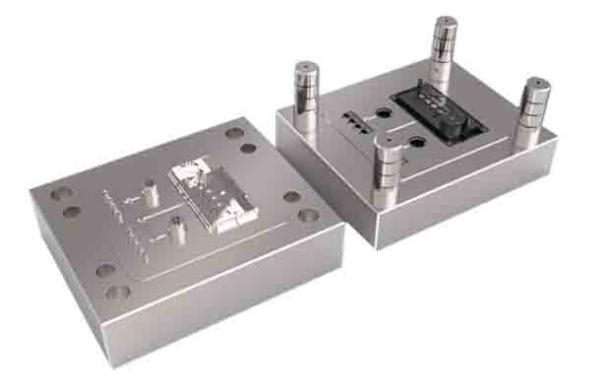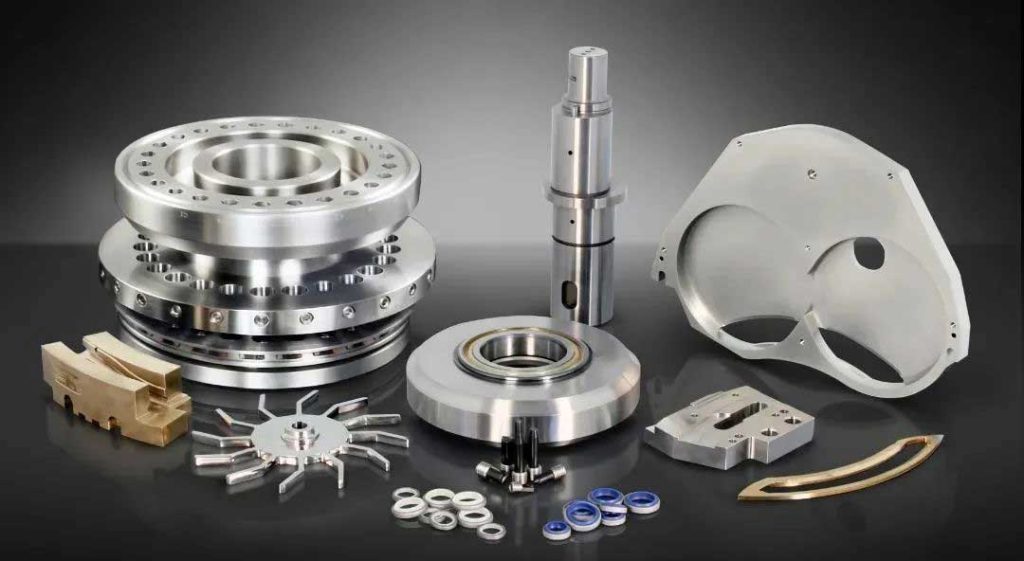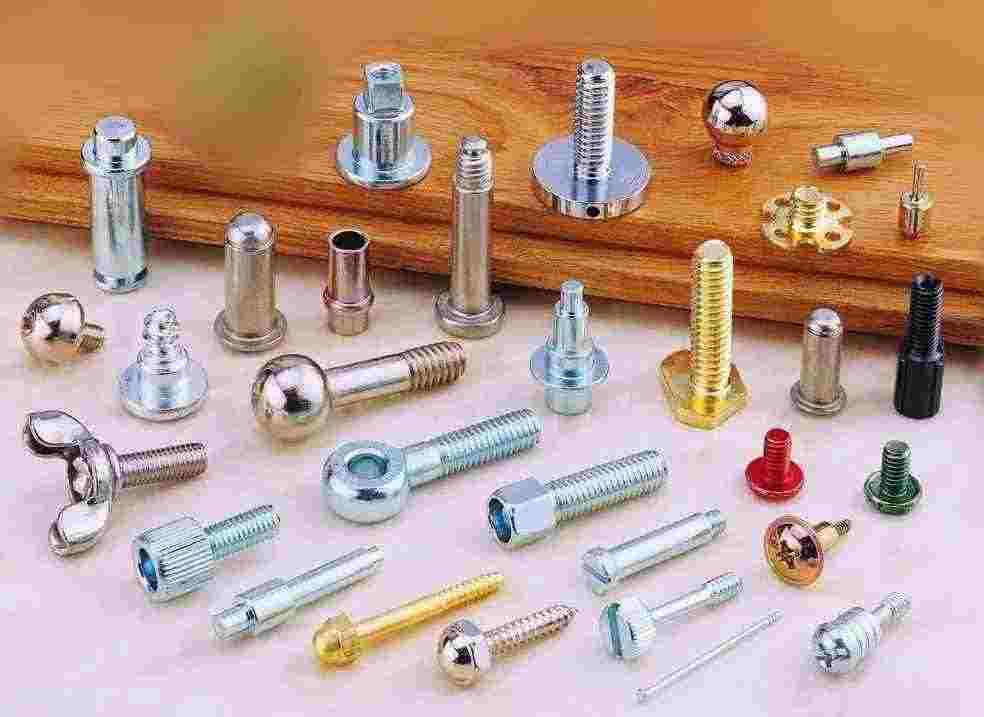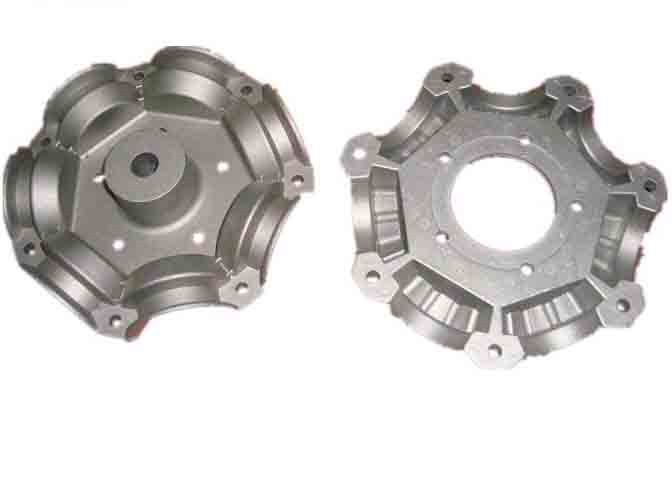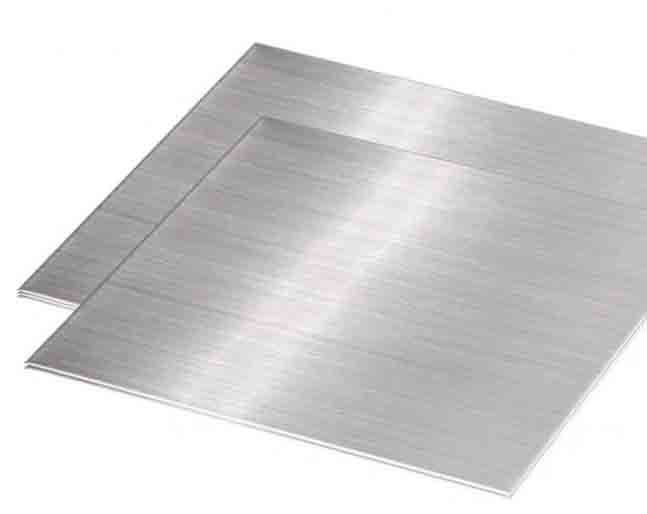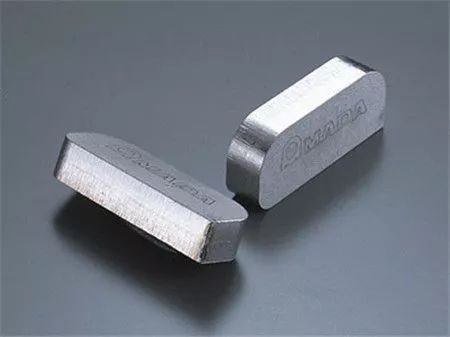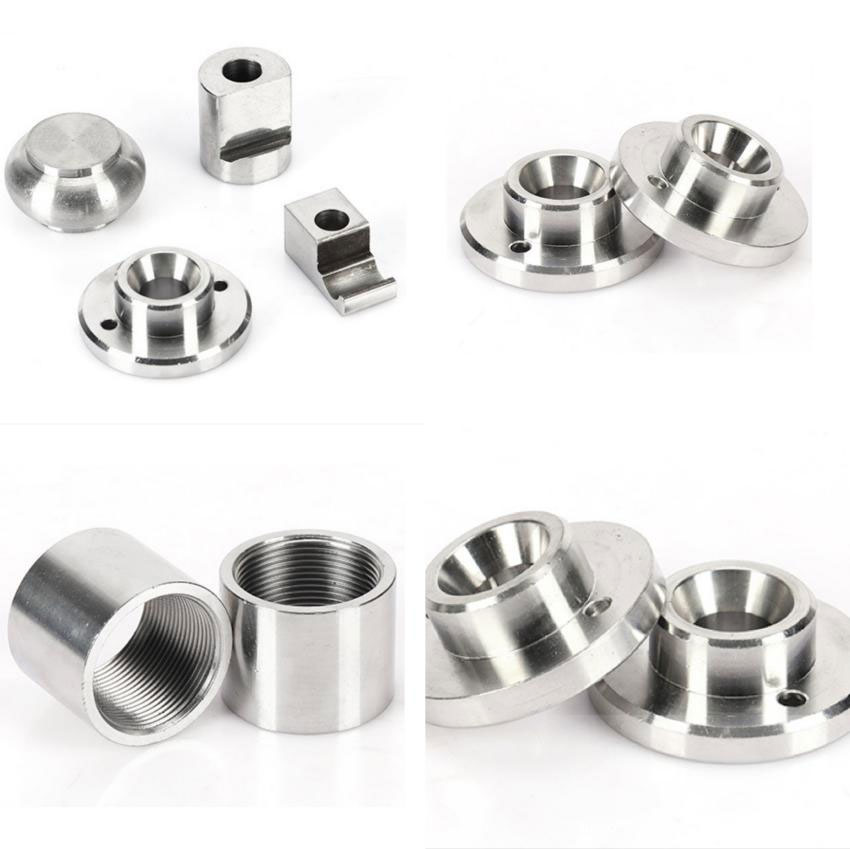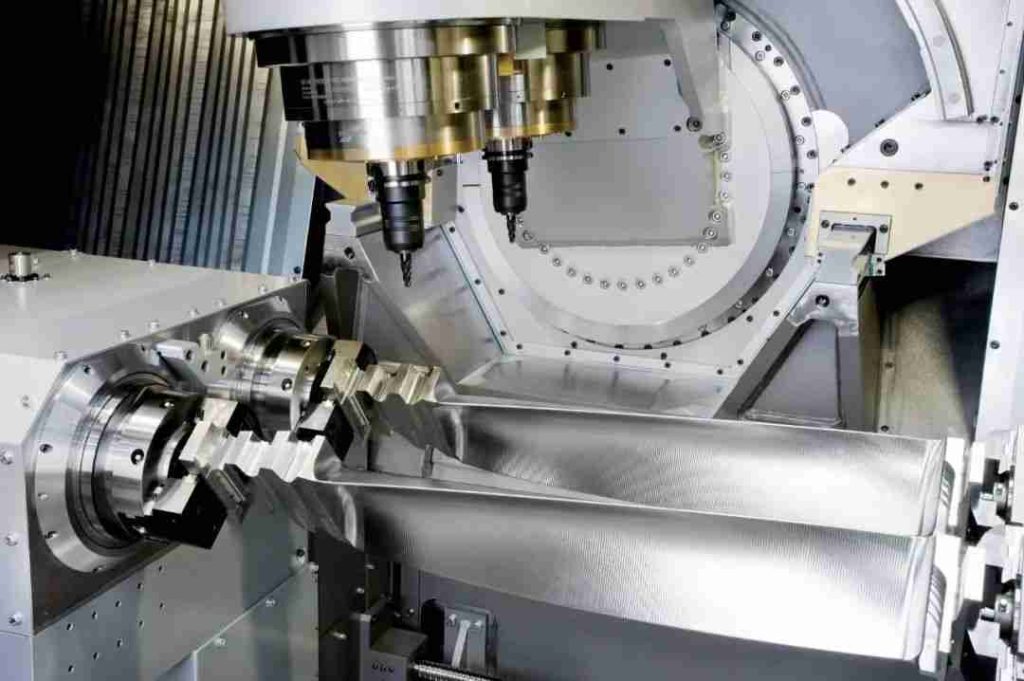In the world of surface finishing, hard chrome plating stands out as a remarkable technique that offers exceptional advantages and unique properties. As a specialized form of electroplating, hard chrome plating involves the deposition of a layer of chromium onto a metal substrate, imparting remarkable hardness, wear resistance, and corrosion protection. This article delves into the intricacies of hard chrome plating, exploring its distinctiveness within the realm of electroplating from its advantages and processing process.
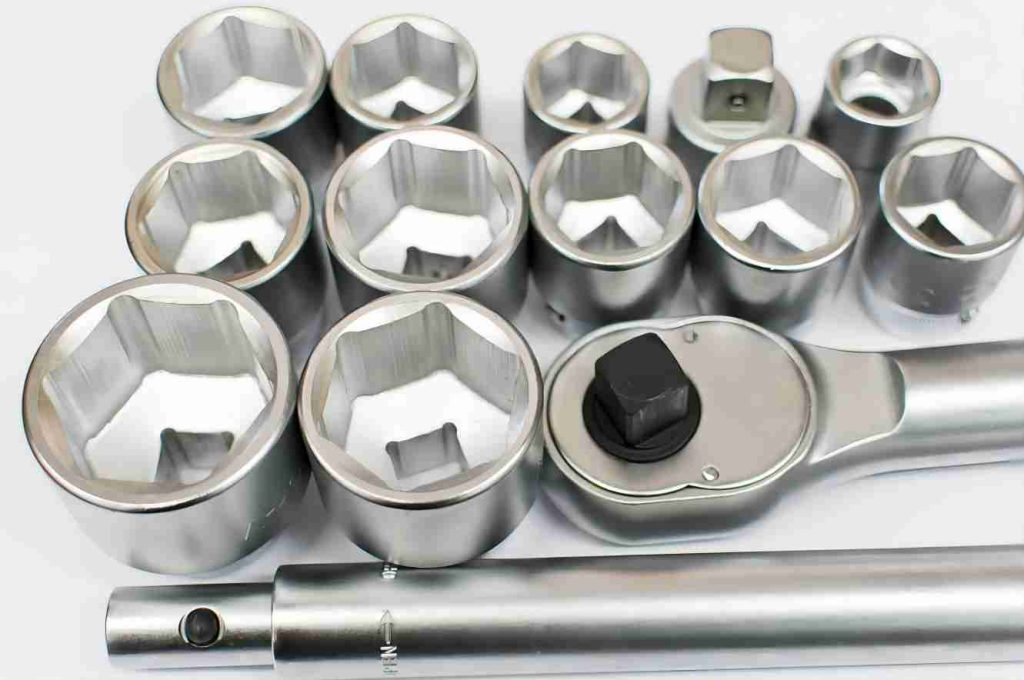
What are the Advantages of Hard Chrome Plating?
Hard chrome plating boasts a myriad of advantages that have cemented its position as a preferred coating technique in various industries. The exceptional properties it imparts to the substrate make it invaluable in applications where durability, wear resistance, and corrosion protection are paramount. Some key advantages include:
- Exceptional Hardness: Hard chrome plating provides a high level of hardness, typically ranging from 850 to 1,000 on the Vickers hardness scale. This hardness makes it ideal for components that require resistance to wear, abrasion, and surface damage.
- Enhanced Wear Resistance: The hard chrome layer acts as a protective barrier, significantly improving the wear resistance of the substrate. It can withstand harsh conditions, including friction, sliding, and contact with abrasive materials, thereby extending the service life of the components.
- Low Coefficient of Friction: Hard chrome plating has a low coefficient of friction, which reduces frictional forces and minimizes the risk of galling and sticking. This is particularly beneficial in applications where smooth sliding or movement is required, such as in hydraulic cylinders or bearings.
- Corrosion Protection: The chromium layer in hard chrome plating provides excellent corrosion resistance, protecting the substrate from chemical reactions and environmental factors. This makes it suitable for components exposed to corrosive substances, moisture, or harsh weather conditions.
- Heat Resistance: Hard chrome plating exhibits good heat resistance properties, allowing it to withstand high temperatures without significant degradation. This is advantageous in applications where components are exposed to heat, such as in engine parts or industrial equipment.
- Improved Surface Finish: Hard chrome plating can provide a smooth and lustrous surface finish, enhancing the appearance of the components. This makes it valuable for decorative applications or where aesthetic appeal is desired.
- Dimensional Restoration: Hard chrome plating can be used to restore worn or damaged components to their original dimensions. By selectively plating specific areas, it is possible to rebuild worn-out surfaces and extend the life of the component, avoiding the need for costly replacements.
- Versatility: Hard chrome plating can be applied to a wide range of materials, including steel, aluminum, brass, and copper alloys. This versatility allows for the plating of various components, regardless of their base material.
Overall, the advantages of hard chrome plating make it a preferred choice in industries such as manufacturing, automotive, aerospace, and hydraulic systems, where durability, wear resistance, and corrosion protection are crucial.
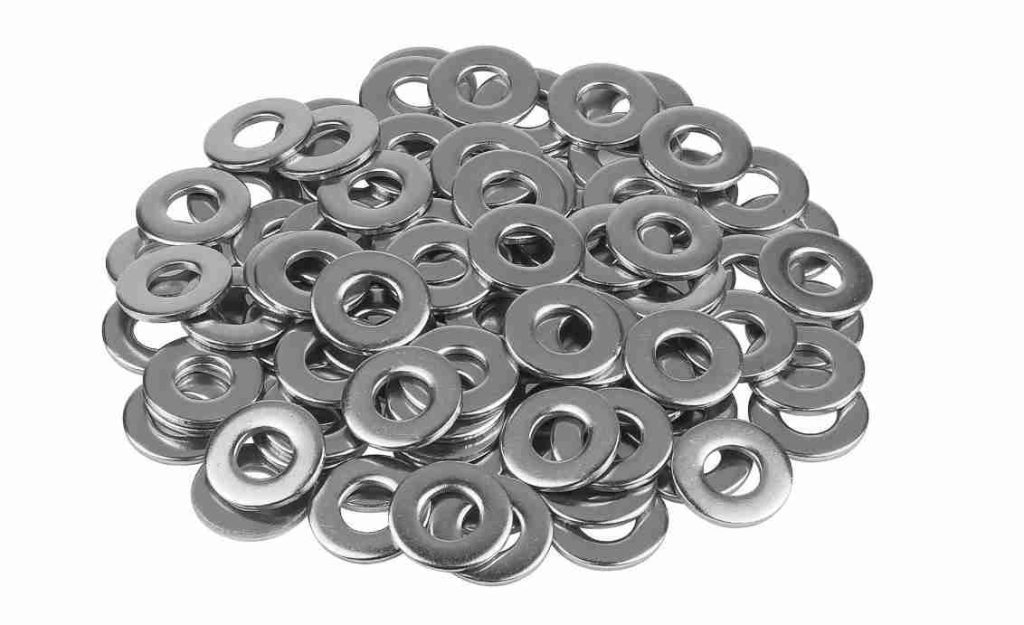
What are the Processes of Hard Chrome Plating?
The process of hard chrome plating involves several steps to deposit a layer of chromium onto a metal substrate. The following is a general outline of the hard chrome plating process:
- Surface Preparation of Hard Chrome Plating
1) Cleaning and Degreasing: The substrate surface is thoroughly cleaned and degreased to remove contaminants, such as dirt, oil, or grease. This step ensures proper adhesion of the chrome layer.
2) Stripping (if necessary): If the substrate already has previous chrome plating or other coatings that need to be removed, a stripping process may be required. This involves immersing the substrate in a stripping solution or using mechanical methods to remove the existing layer.
- Electroplating Process of Hard Chrome Plating
- Electrolyte Selection: A suitable electrolyte solution is prepared, which typically contains chromic acid (CrO3) as the source of chromium ions. The electrolyte may also include other chemicals to control the plating process and enhance the quality of the deposit.
- Plating Bath Setup: The substrate, cleaned and properly prepared, is immersed in the electrolyte bath. It is connected to the negative terminal (cathode) of a power supply, while a chromium anode is connected to the positive terminal.
- Electrodeposition: When the power supply is turned on, an electric current passes through the circuit. Chromium ions from the electrolyte are reduced at the cathode (substrate) surface, resulting in the formation of a thin layer of metallic chromium. The thickness of the chrome layer can be controlled by adjusting the duration of the plating process.
- Post-Plating Treatment of Hard Chrome Plating
- Grinding and Polishing: After the plating process, the plated component may undergo grinding and polishing to achieve the desired surface finish and remove any imperfections or roughness.
- Quality Control and Inspection: The plated component is inspected to ensure that the plating thickness, adhesion, and overall quality meet the desired specifications. Various tests and measurements, such as thickness measurement, adhesion tests, and visual inspection, may be performed to verify the plating quality.
In conclusion, hard chrome plating stands as a testament to the capabilities of electroplating techniques. By imparting exceptional properties to substrates, hard chrome plating enhances performance, prolongs service life, and provides optimal protection against wear and corrosion. These advantages make it an indispensable surface coating for various industries, including automotive, hydraulic systems, industrial machinery, and more.


